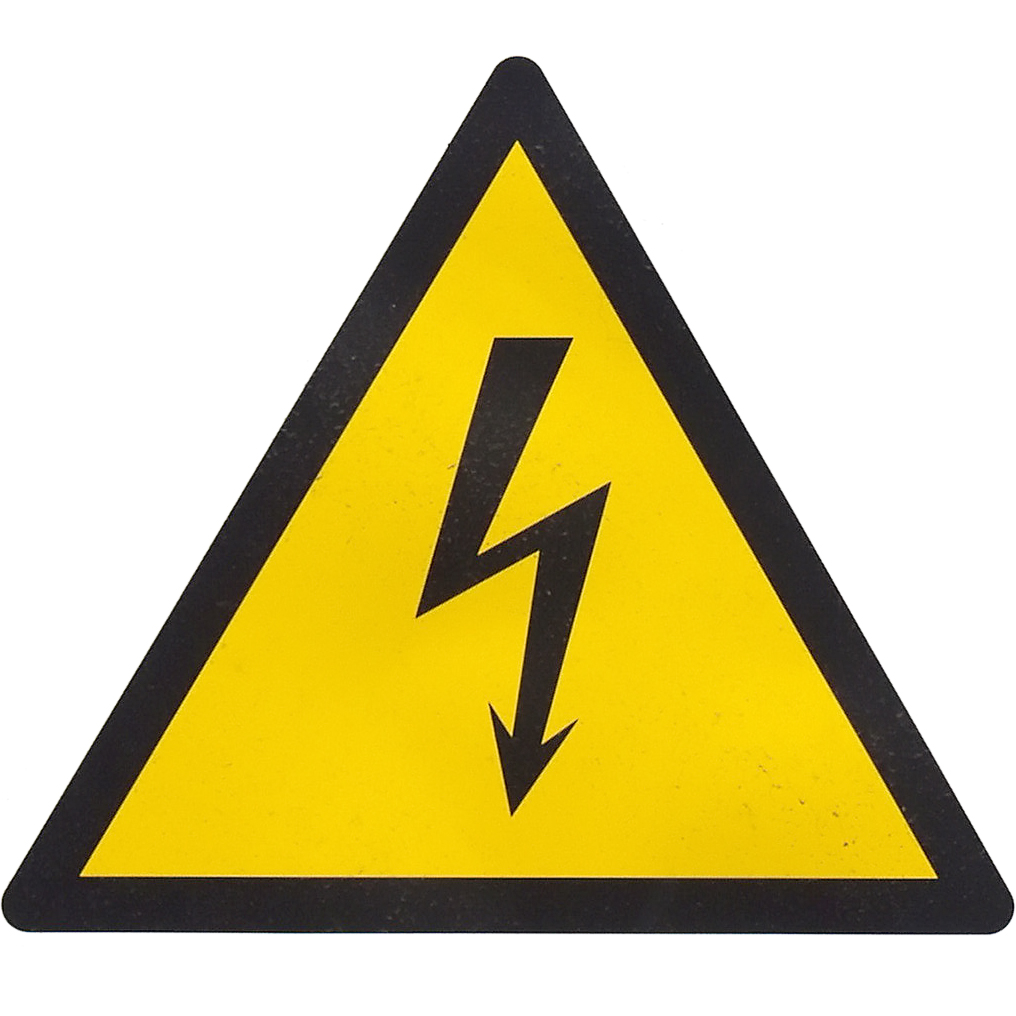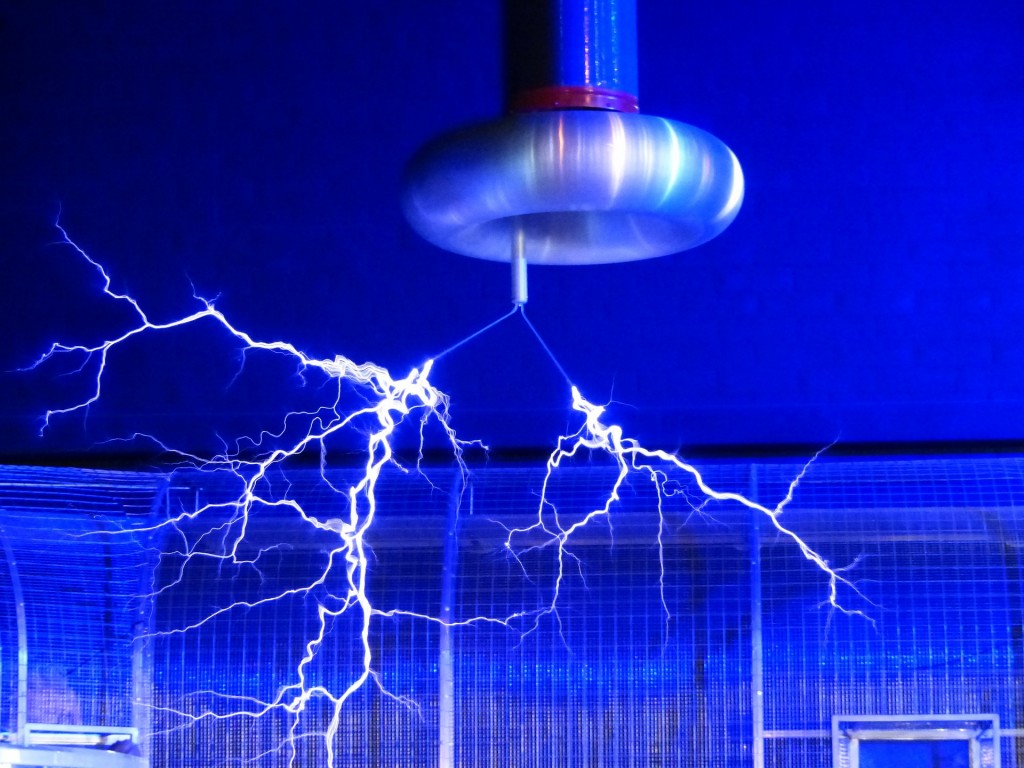What Is Voltage Drop?
Posted by Amit Soni on 18th Jan 2012

It’s very easy to disregard voltage drop as a piece of technical jargon – reserved only for electricians amidst a flurry of other terminologies and acronyms.
This couldn’t be any further from the truth though – it’s actually quite straightforward.
What Causes Voltage Drop?
Voltage drop is simply the ‘drop’ in voltage that occurs when an electrical current has to physically travel too far from its power source.
A good analogy to help understand how it works is to think of the water pressure in a hose. If you have a long hose length, the pressure of the water being pumped out won’t be that high, whereas a shorter hose will give you a much higher water pressure.
Applying this to an electrical circuit, the hose would be the wiring, and the water would be the current – simple right?
This happens because all wires create a small amount of resistance against the flow of electrons. This is also known as Ohm’s Law – which states that the voltage drop is equal to the magnitude of the current multiplied by the resistance of the wire, or:
V = I x R, where V = voltage, I = current and R = resistance.

How Does Voltage Drop Affect LEDs?
Voltage drop is more commonly found in low voltage systems, as they are particularly sensitive to voltage fluctuations.
For example, both MR16 spotlights and LED strip lights run at 12V, warranting extra care when using them. Even a slight change in voltage can affect the performance and brightness of your lights, with flickering and dimming being 2 common symptoms of voltage drop.
What you won’t be able to see though is how voltage drop affects the lifespan of your LEDs.
Buying LED lights is an investment, and a huge part of that investment is reliant on a long life – most LEDs have an estimated life of 30,000 to 50,000 hours, and this is a massive reason why so many choose to buy LEDs.
It’s 2 times longer than fluorescent lights, and 20 times longer than incandescent lighting.
This figure is drastically shortened if your LEDs are running at less than optimum voltage.
What Can I Do To Prevent Voltage Drop?
Allowing voltage drop to happen means your investment is being undermined. The first thing you can do to prevent it is taking into consideration where your power is coming from and how far it has to travel, ensuring that your wiring is as short as possible.
There are a couple of other ways to make sure your LED lights don’t suffer from voltage drop, depending on what kind of lights you’re using.
If you’re running strip lights, you can prevent it by splitting your strips up into separate lengths instead of one single length.
So for example, if you’re running 10m of LED tape, you may be better off splitting it into two separate 5m lengths. This means that the current only has to travel half the length it was previously.
This also applies in theory to a string of MR16 spotlights, though we would recommend using an individual driver for every spotlight anyway.
Got any questions about your setup? Or maybe you think your lights are suffering from voltage drop. If so, get in touch and speak to an expert from our team on 0116 321 4120.





